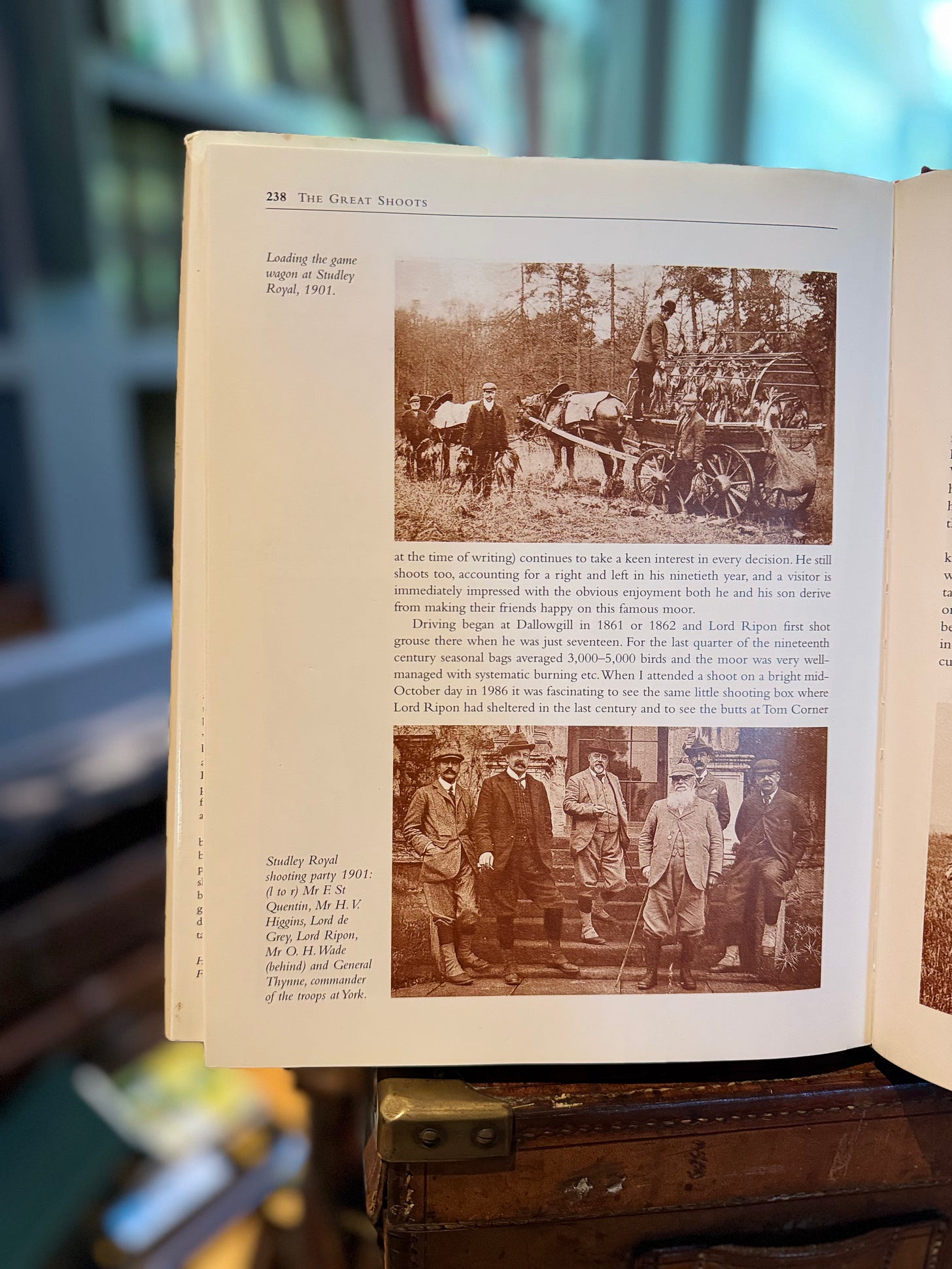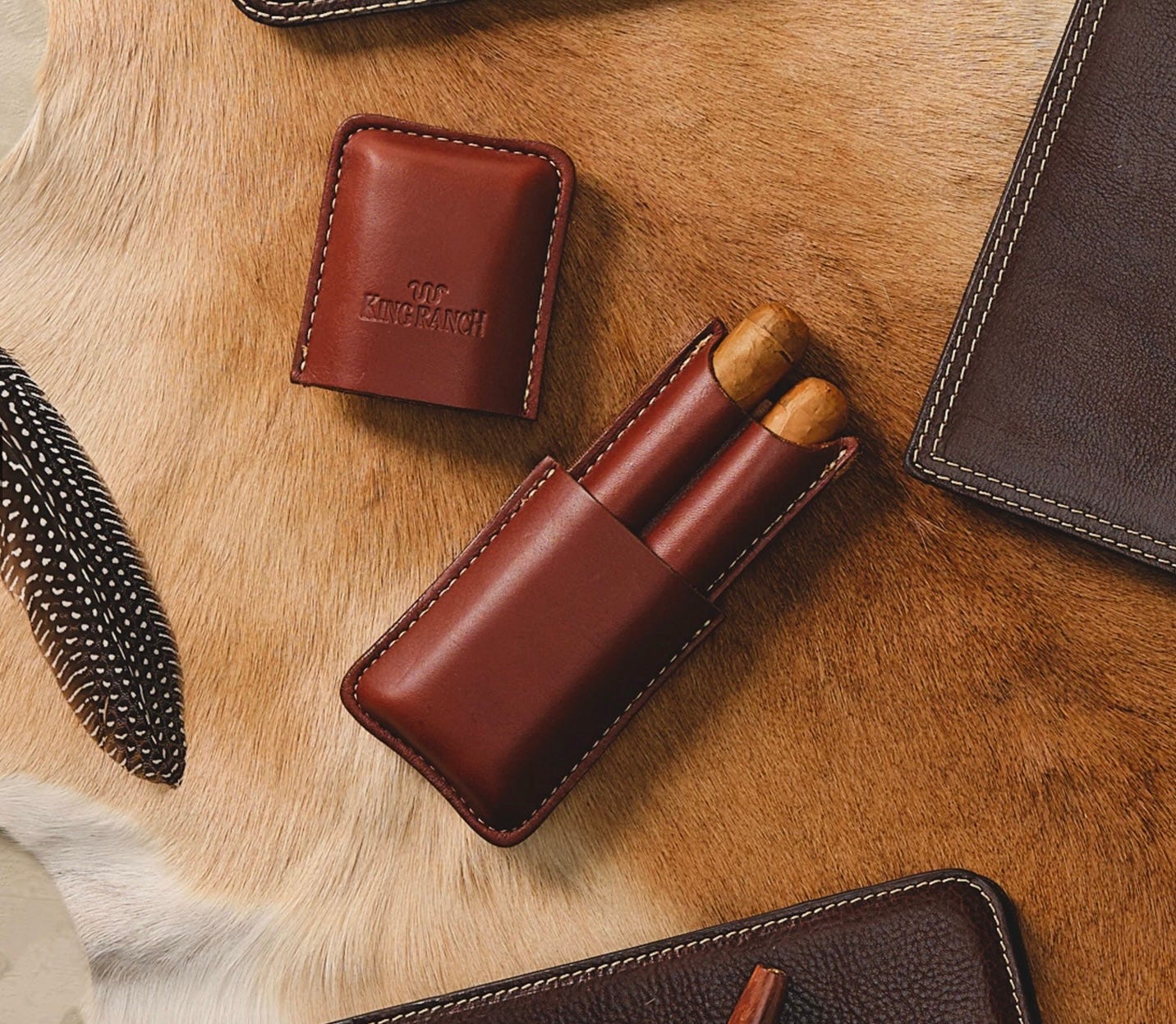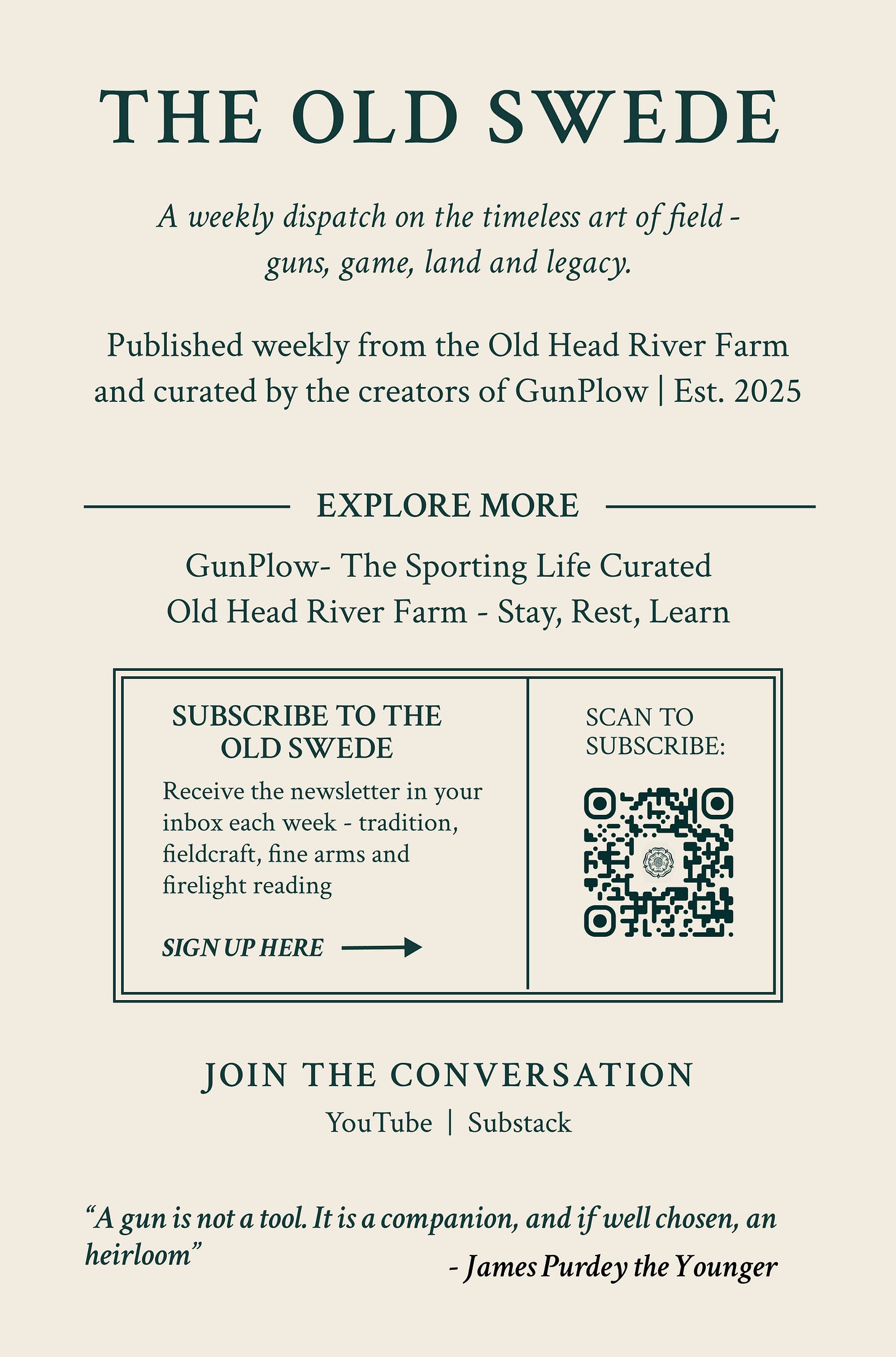The Old Swede: July 30th, 2025
Gentleman in the Field: A Life Measured in Miles Walked, Dogs Led, and Meals Earned
Historical Anecdote
Lord Ripon’s Final Day at Dallowgill
On September 7, 1923, at Dallowgill Moor in North Yorkshire, Lord Ripon—perhaps the most accomplished game shot in British history—collapsed and died with his shotgun in hand. That day, he had shot 52 grouse in the morning, bringing his lifetime total to 556,813 birds, a record unlikely to ever be approached again.
As recorded in The Great Shoots by Brian P. Martin (1987), pp. 28–36, Ripon’s day began like any other: punctual, methodical, and humble. He wore his usual tweeds, carried his favorite Purdey hammerless pair, and moved peg to peg with quiet resolve. As mid-morning passed, he leaned on his loader’s shoulder and whispered, “That’s it.” A short while later, he was gone.
His game book, still housed at the Studley Royal archives, stands as a meticulous ledger of over five decades of field sport. The final entry was made not by Ripon, but by his loader, underlined with a single note: “Ended with honor.”
"Ripon died with his gun in hand, as any true sportsman might wish.”
Manners Maketh Man
The Leather Cigar Case
To carry a cigar in the field without the dignity of a leather case is like donning rubber boots with a three-piece suit. The gentleman’s cigar case is not merely a container—it’s a mark of preparedness and style. Slim, pocket-sized, and often monogrammed, it signals intentionality.
Proper cases hold one or two cigars and may be molded for shape—Churchill, Robusto, or Corona. Spanish calfskin or bridle leather are favored materials, lined in cedar or suede. A hinged sterling or brass endcap is both functional and elegant.
In the field, presentation matters. When offered around at day’s end, a cigar from a well-kept case speaks volumes. It shows you planned for the moment and thought of others. In muddy boots and wind-bitten tweeds, refinement still belongs.
When gifting, match the leather to the recipient’s personality: rugged for beaters, polished for hosts. And include a note: "For the fires after the feathers."
A fine cigar case becomes part of your legacy—familiar, patinated, quietly admired.
Kit Review
The Cartridge Bag
A cartridge bag, like a good dog or trusted loader, should never let you down. The right one carries enough for the day without rattling or sagging, and it should be handsome enough to outlast trends.
Traditional English models range from 75 to 150 capacity. Leather and canvas combinations strike the best balance of durability and weight. The flap should open wide, with a hinge that allows single-handed reloading. Look for bridle leather trim, reinforced stitching, and a stout, padded shoulder strap.
Over time, the bag acquires a patina: the darkening from oak leaves, the oil sheen from wet hands, and the quiet stories from damp dawns and double shots. A few stray shells rolling in the bottom are forgiven if it’s packed with order and respect.
Personal touches—a sewn-in initials patch, a dog whistle clasp, a hidden pocket for a cigar—make the bag your own. And in the end, a good cartridge bag isn't just a piece of kit. It’s your companion from moor to prairie, field to forest.
Cigar Craft
How to Light a Cigar Properly
Lighting a cigar is a ritual, not a race. The first impression of the smoke is defined by how the flame is introduced. Matches, cedar spills, or soft flame butane lighters are preferred; torch lighters burn too hot and can char the wrapper.
Begin by toasting the foot of the cigar—holding it just above the flame, rotating slowly to ensure even ignition. Don’t let the flame touch the tobacco directly. Once the foot glows, take gentle puffs while continuing to rotate.
Avoid puffing too hard or too fast. A cigar is meant to smolder, not combust. An even burn enhances draw and aroma and avoids bitterness. If the burn strays, touch it up lightly, but resist relighting more than twice.
Cigars lit in company should be shared—not necessarily in quantity, but in mood. The lighting is your prelude to conversation. Do it well, and the cigar becomes part of the memory.
Bar Spotlight
The Fat Badger, Harrogate
Perched on Cold Bath Road in Harrogate, The Fat Badger is a Georgian coaching inn turned lively gastro-pub that seamlessly marries country charm with gentleman’s civility. A favorite among local Guns, it’s the kind of place where boots are welcome, dogs are spoiled, and the staff pour a proper pint.
Inside, leather armchairs, tartan upholstery, and framed vintage shooting prints create a sanctuary after a moorland day. The bar stocks an impressive range of Yorkshire ales, Highland whiskies, and the occasional damson gin behind the counter.
The Fat Badger’s menu is game-friendly: wild venison haunch, pigeon breast with beetroot mash, and smoked trout pate on toast points. It’s no wonder it has become a regular haunt for sportsmen returning from nearby Brimham Moor and Dallowgill.
Pull up a stool, nod to the innkeeper, and raise your glass beneath a mounted badger who looks as if he once held court over a shoot lunch himself.
Driven & Upland
The Proper Loader
A great driven shoot is a symphony, and the loader is the conductor’s hand. More than just a shell-stuffer, a good loader anticipates your rhythm, remembers which barrel you fire first, and keeps your feet dry and your barrels safe.
A proper loader is early to the peg, gloved, organized, and quiet. His presence is calming, his knowledge unobtrusive. He carries spares: earplugs, tools, and a flask should you falter. He tracks your birds, remembers your best shot, and politely ignores the one you missed.
In upland shoots, where loaders are rare, their presence is a gift. They double as guides, historians, and gear-menders. When paired with a Gun for multiple seasons, a trust forms that goes well beyond sport.
If you're fortunate to have one by your side, treat him with gratitude and fairness. Share the post-shoot dram. Pay well. And when you next raise your gun, know that your loader is already two steps ahead—thinking of your next shot, not your last.






